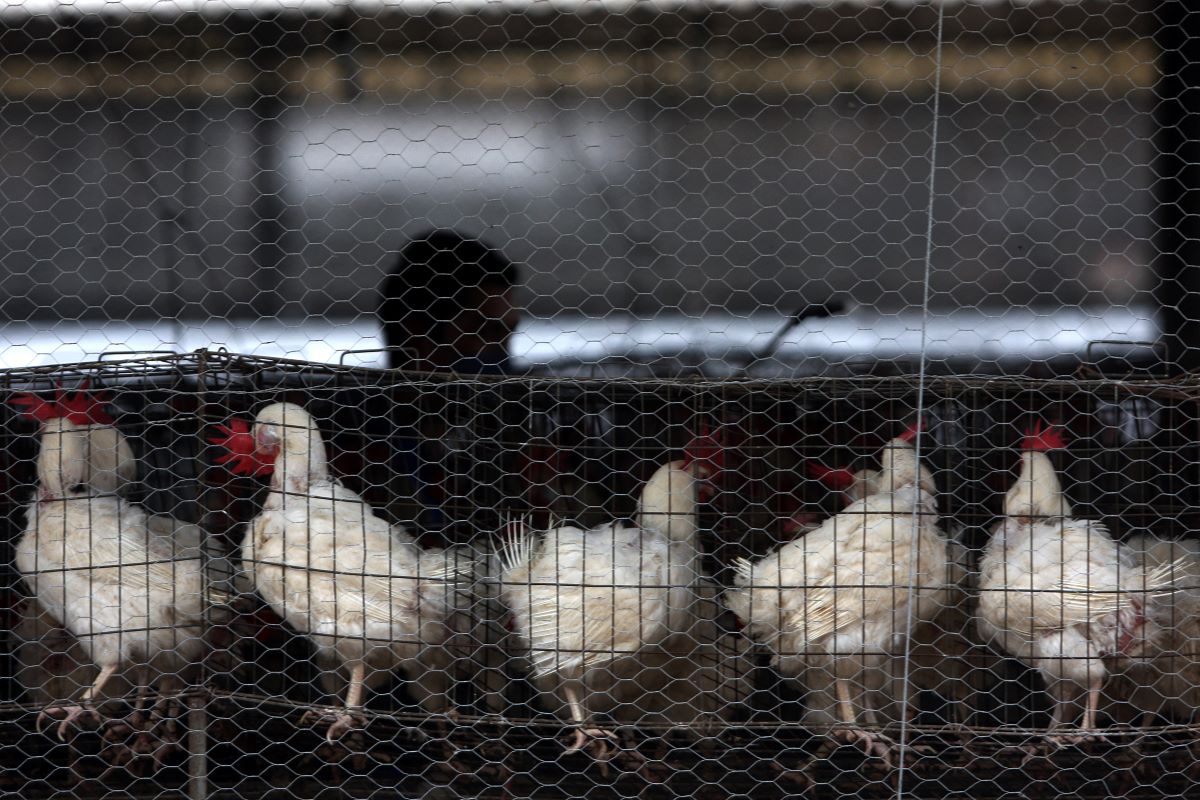The World Health Organization (WHO) has confirmed the first death from bird flu (highly pathogenic avian influenza, HPAI) in Mexico. The deceased, a 59-year-old, passed away on April 24 after being hospitalized in Mexico City.
The individual had multiple underlying medical conditions and was bedridden for three weeks before experiencing symptoms, including fever, shortness of breath, diarrhea, and nausea, starting on April 17.
According to WHO, it is unclear how the individual contracted the virus as there was no known history of exposure to poultry or other animals. However, the virus has been detected in poultry within Mexico.
This case marks the first laboratory-confirmed human infection with the H5N2 strain of bird flu. Scientists have indicated that this case is unrelated to the H5N1 strain outbreak in the United States, which has so far infected three dairy farm workers.
The UN agency has stated that the current risk to the general population in Mexico remains low.
In April, WHO expressed “enormous concern” regarding the spread of bird flu. Dr. Jeremy Farrar, WHO’s chief scientist, described the outbreak, which began in 2020 and reached the United States in 2022, as a “significant public health concern.”
He highlighted that the infection, which initially affected poultry and ducks, has spread to mammals, with an “extremely high” mortality rate in humans.

“H5N1 is an influenza infection, primarily starting in poultry and ducks, and has effectively spread over the last year or two to become a global zoonotic – animal – pandemic,” Farrar said, according to a United Nations report.
“The major concern is that as the virus infects ducks, chickens, and now increasingly mammals, it evolves and develops the capability to infect humans and, critically, to transmit from human to human.”
In April 2022, the United States reported its first human case of bird flu involving an inmate at a Colorado prison who contracted the virus through direct exposure to infected poultry.
In March 2024, a Texas resident contracted bird flu following direct exposure to infected dairy cattle.
The U.S. Department of Agriculture’s Animal and Plant Health Inspection Service confirmed the virus’s presence in cows across Texas, Kansas, Michigan, New Mexico, and Idaho, indicating that the virus may spread between cattle.
The USDA, FDA, and CDC have stated that there is no current concern regarding the safety of the commercial milk supply and are committed to monitoring affected cattle and unpasteurized milk samples.
Experts note that infected birds shed flu viruses in their saliva, mucus, and feces. The HPAI has been detected in commercial and backyard farms across 48 states, according to the U.S. Department of Agriculture.
